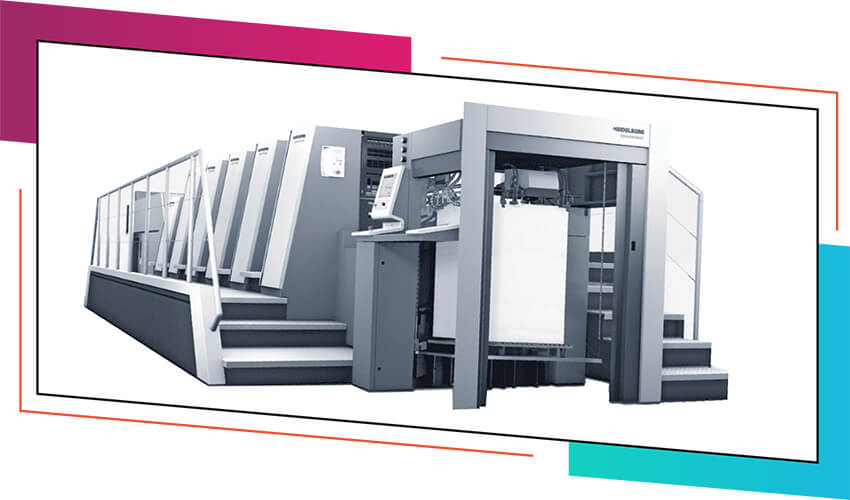It is called “offset” because ink is not directly transferred to paper, but rather offset onto an intermediate surface before reaching the final substrate.
Offset printing is a widely used printing technique that involves transferring an inked image from a plate to a rubber blanket and then onto a printing surface, usually paper.
Here’s a brief overview of how offset printing works:
Plate Making: The image to be printed is transferred onto a plate, typically made of aluminium or a similar material. The plate is treated so that certain areas attract ink while others repel it.
Inking the Plate: The plate is dampened with water and inked with oil-based inks. The ink adheres to the image areas on the plate while being repelled by the wet, non-image areas.
Transferring to Blanket: The inked image on the plate is then transferred to a rubber blanket. This step is where the “offset” occurs.
Printing onto Substrate: Finally, the image is transferred from the rubber blanket to the paper or other printing substrate. The paper absorbs the ink, creating the final printed product.
Offset printing is ideal for various printing applications, especially when high-quality and large-volume printing is required. Some of its key advantages include:
High Image Quality: Offset printing provides excellent image quality with sharp and detailed results. It is capable of reproducing fine lines, intricate details, and vibrant colours.
Cost-Effective for Large Runs: Once the plates are set up, offset printing becomes more cost-effective for large print runs. The per-unit cost decreases as the quantity increases.
Versatility: It can be used to print on a variety of surfaces, including paper, cardboard, metal, and plastic.
Consistent Colour Reproduction: Offset printing offers consistent and accurate color reproduction, making it suitable for projects where colour matching is crucial.
Wide Range of Substrates: Offset printing can be used on a wide range of substrates, including both coated and uncoated papers.
Long Runs: It is efficient for long print runs, making it suitable for magazines, newspapers, brochures, catalogs, and other large-scale print projects.
Offset printing does require more setup time and is not as cost-effective for short print runs compared to digital printing. Additionally, it may not be the best choice for projects that require quick turnaround times.
EPM Print Group, as a long term, local Queensland business and market leading print solutions agency, can assist with brand management and growth right across Australia. If your business would like to be supported by a professional, reliable, cost effective business solution, reach out to our team at sales@epmprint.com.au


No comments yet.